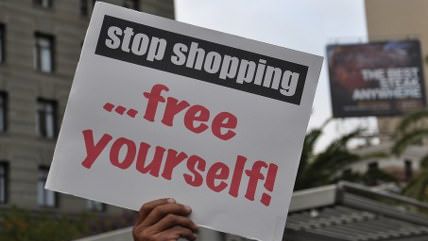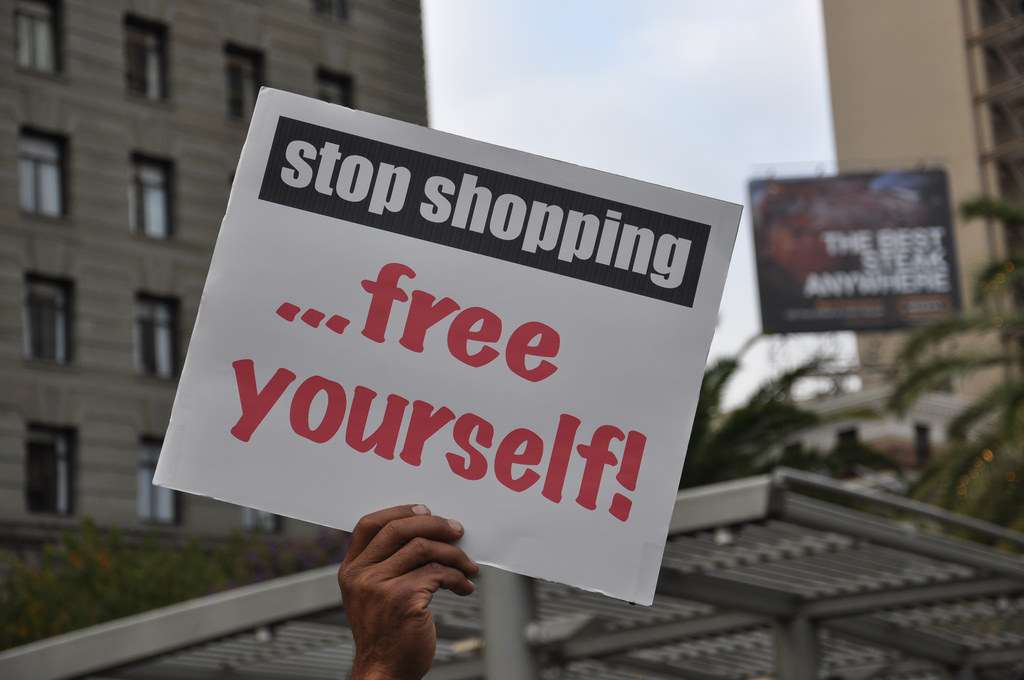Expensive Fusion Centers Tracked Occupy Movement with High-Tech Tools Like Google News Alerts


A Senate report two years ago already declared fusion centers, facilities where federal, state, and local law enforcement agencies were to share information to fight terrorism, to be so much worthless, expensive crap. The Senate's Permanent Subcommittee on Investigations described the work of fusion centers as "often shoddy, rarely timely, …occasionally taken from already published sources, and more often than not unrelated to terrorism."
Today The New York Times has a host of documents showing exactly how unrelated they are. Specifically, they've got more than 70 pages of documents from fusion centers showing how they kept track of the Occupy movement from 2011 and 2012.
It appears that they kept track of Occupy the same way everybody else did if they were so inclined—they looked stuff up online about them and summarized it. The documents are full of links to news stories and videos posted online. One e-mail sent out to multiple fusion centers simply explains how to use Google and Twitter to track publicly listed Occupy activities in various cities.
Some documents do note that the events they're talking about are activities protected by the First Amendment and are intended as information to help authorities to prepare for crowds and traffic. But there are also "analyst notes" describing the backgrounds of various speakers at events in Boston, including whether they had engaged in previous acts of civil disobedience. Further documents also note coverage of fusion centers themselves and speculation that they were involved in crackdowns on occupy protesters. This is passed along via images of tweets linking to coverage.
The reports get really strange over concerns that the Occupy crowd was going to do something targeting Thanksgiving Black Friday shopping in 2011. A "Risk Briefing" was sent out detailing potential threats for malls and retailers. Oddly, one of the "threats" mentioned is that of activists boycotting the retailers. That is to say, the fusion centers were putting out warnings about people not going to malls and stores.
Among the "specific known threats" listed in the briefing were "free, non-commercial street parties," "alternative mass green transport activities," and a "wildcat general strike" where participants not only stay away from retailers but also go on a "green strike" and use no energy or fuel that day. A couple of pages of the briefing are devoted to detailing an arts and crafts fair and peaceful flash mob in Seattle, again tagged as "Specific Known Threats." Aren't arts and crafts fairs and flash mobs in Seattle also known as "Thursdays"?
Feel free to scroll through the documents yourself here and shake your head in despair at the kind of work we paid millions for, work that is sometimes assigned in the private sector to an intern.


Show Comments (6)